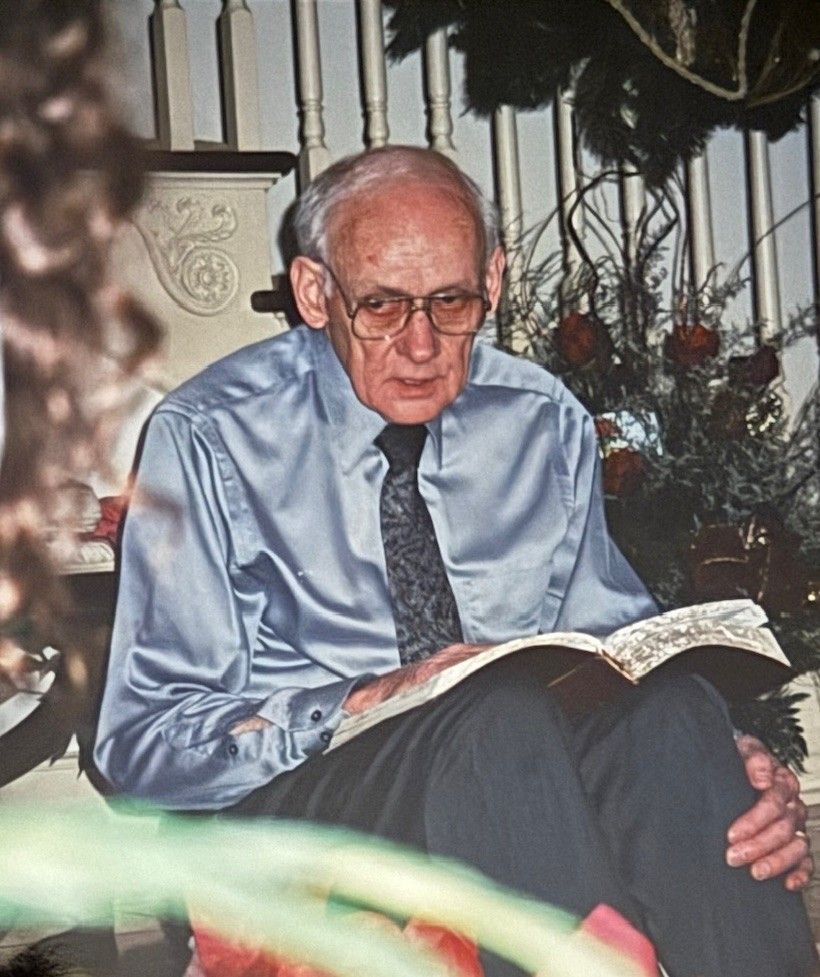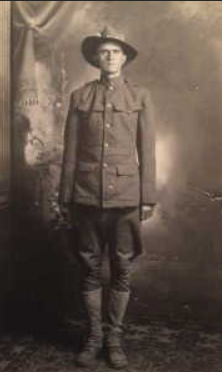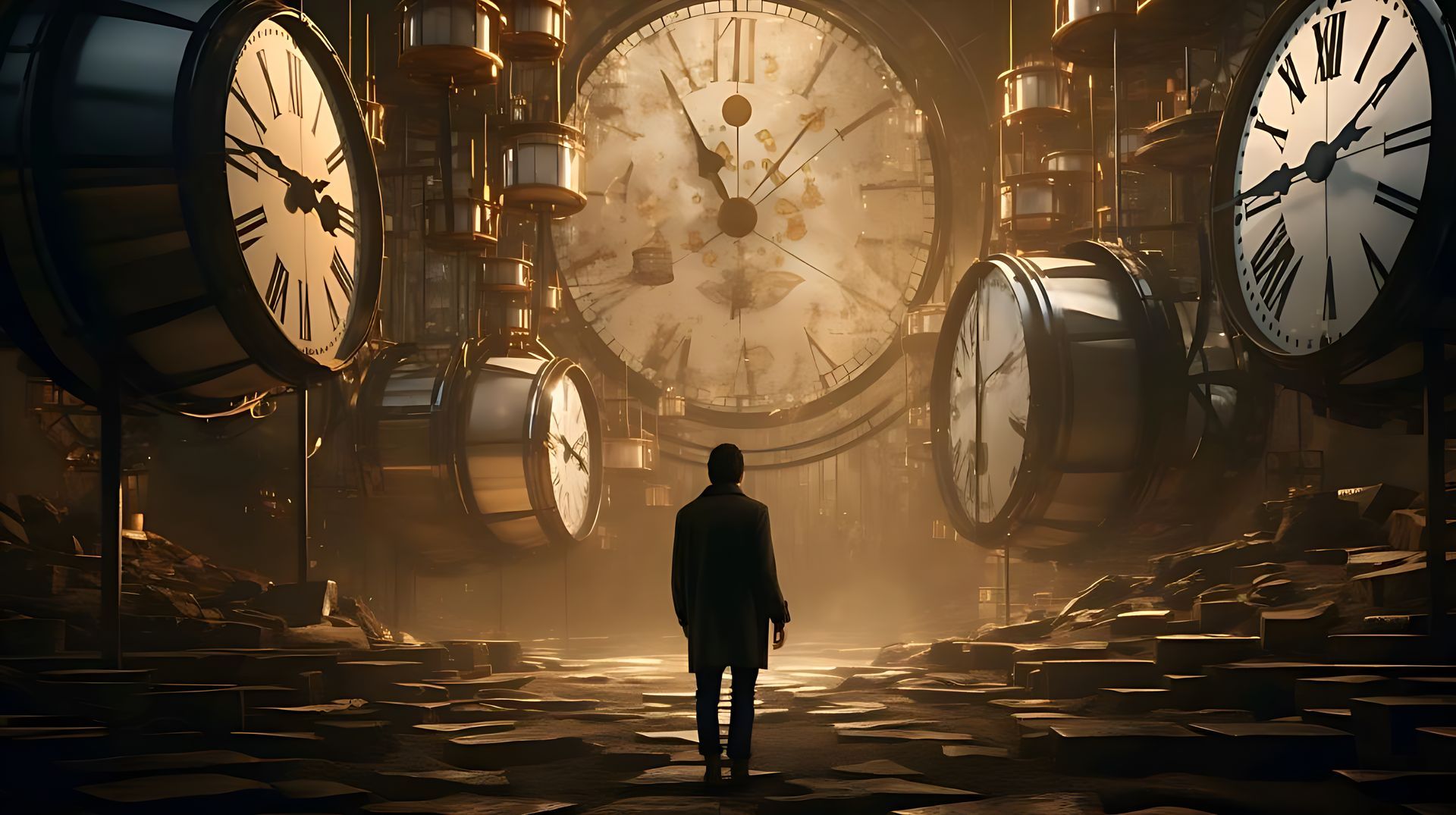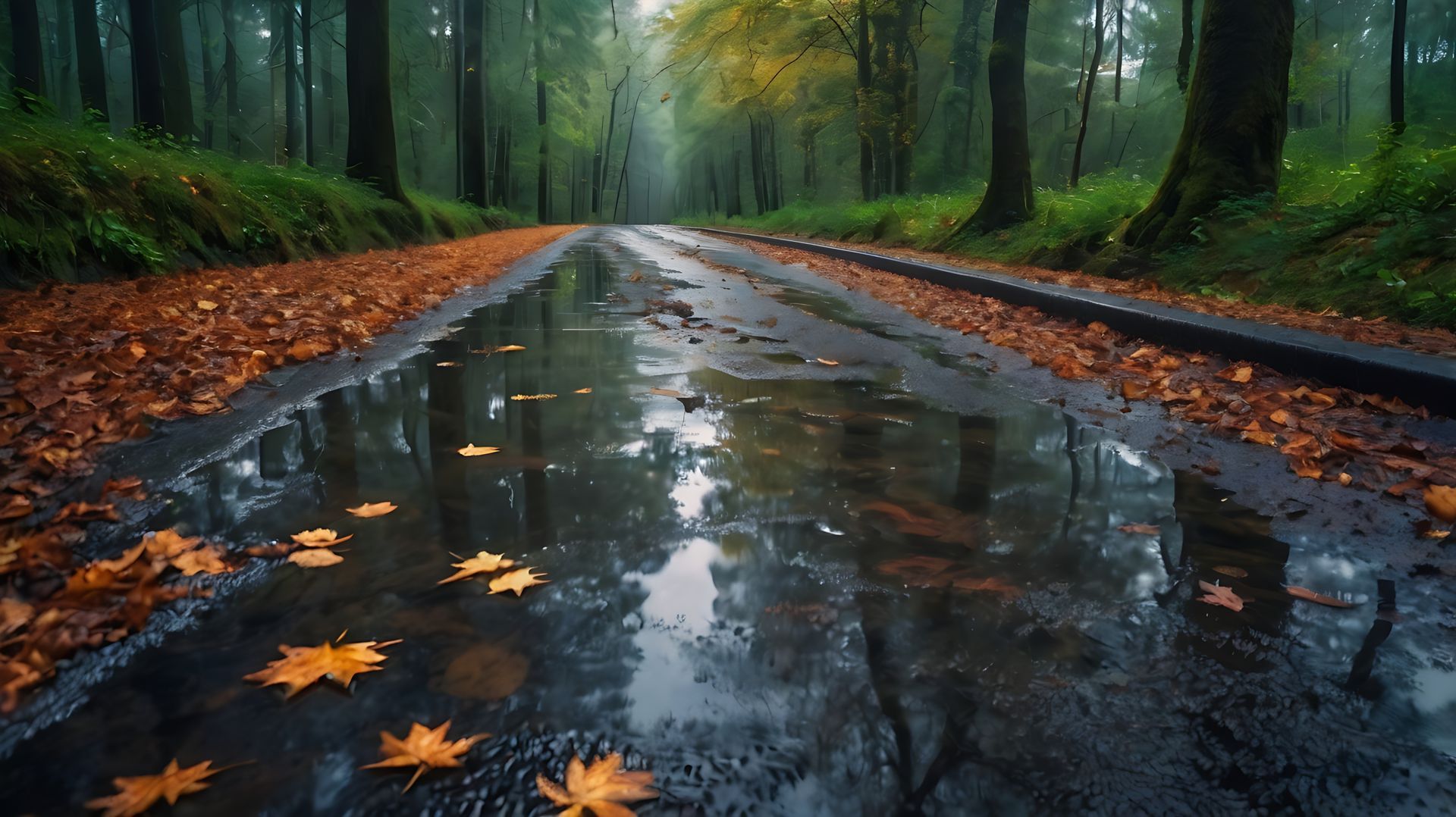The (Almost) Forgotten History of Bain Cemetery
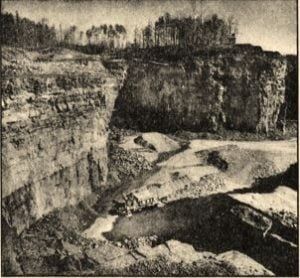
It was February 9, 1981 and Judge Dewey Whitenton, Chancellor for the Chancery Court of Hardin County, Tennessee, was preparing to issue his ruling on a case brought by Vulcan Materials Company against
“INTERESTED PERSONS AS DEFINED BY TCA 46-4-102 CONCERNING THE BAIN GRAVEYARD CEMETERY LOCATED IN THE 2 ND CIVIL DISTRICT OF HARDIN COUNTY, TENNESSEE”.
He had already postponed his ruling from January 27 th so the unnamed interested parties could seek legal counsel in the matter. And what was the aforementioned matter?
The relocation of an entire cemetery containing 200 graves . . . more or less . . .
The old Bain Cemetery sat perched upon a ridge created by the excavating of limestone and crushed rock by Vulcan Materials. Approximately 12 miles outside Savannah, Tennessee, as you headed east, the cemetery was begun on or close to land settled by William and Mary Bain in the 1820s. William died on March 26, 1844 at the age of 76; Mary outlived him by six years, dying in 1850. Both were buried on or near their property in what would eventually become known as Bain Cemetery. Family members and an old family Bible confirmed they had eight daughters and five sons, seven of whom never married and eleven of whom were buried in the cemetery. Jim Bain, a descendant of William and Mary, served as the cemetery’s caretaker until his death in 1939.
From that point on the cemetery was mostly forgotten, its upkeep neglected as Nature began to slowly reclaim the land. The last known burial had taken place in 1892 with members of the family migrating to nearby Mount Hermon Cemetery beginning in 1894. We say “last known” because most of the graves were unmarked as to their occupants. Many had simple slate stones nestled at the head of someone’s final resting place, very few of which had names legibly scrawled across or scratched into the surface. This lack of identification compounded the difficulty of the move. Most of the family believed they knew exactly who was buried in the cemetery. They just didn’t know where.
The judge’s decree on February 9 th gave Vulcan permission to move the entire cemetery a mile or so west as the crow flies to Mount Hermon, but there were conditions that had to be met. A to-scale drawing of the proposed location had to be submitted for approval. An inked (emphasis by the court) drawing of the old graveyard showing the existing location of the graves had to be prepared so, once the transfer began, each grave could be positioned as it had been originally. Small granite markers were to be provided for any graves that were not marked at the time of the move. And Vulcan was to contribute $3,500.00 to the cemetery association as a permanent endowment for future upkeep of that section.
Vulcan’s plan was to use their own equipment to uncover the existing graves, beginning with removing the top few inches of soil. The exposed ground would hopefully provide clues as to the exact location of each grave, even though there would be very little left other that rich, black dirt. State law required that a licensed funeral director oversee the operation; Vulcan contacted Shackelford Funeral Directors in Savannah and Bob Shackelford agreed to serve in that capacity.
Although some of the Bain family disapproved of the move, the court ruled that “said cemetery is unsuitable for continued use as a cemetery and as a resting place for the dead whose remains are buried therein and that further use thereof is inconsistent with due and proper reverence and respect for the memory of such persons”. Other family members agreed with Judge Whitenton’s assessment of the situation. There was no good access road to the cemetery and, with Vulcan’s on-going excavation, they worried erosion would eventually destroy the graves of their ancestors. When the work finally began, several of the family were present, carefully watching, hoping to spot some personal items that had survived the years of exposure to the elements . . . items that might help them identify whose grave had been uncovered.
The work was completed in the late summer to early fall of 1982 at which time the family planned to hold a memorial service. It took well over a week to accomplish the task and when it was done a monument recounting the cemetery’s history was erected at Mount Hermon . . . a monument that marks the entrance to that section of the cemetery . . . a section where only direct descendants of William and Mary McCracken Bain may rest in peace.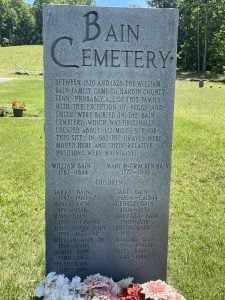
About the author: Lisa Shackelford Thomas is a fourth generation member of a family that’s been in funeral service since 1926. She has been employed at Shackelford Funeral Directors in Savannah, Tennessee for over 40 years and currently serves as the manager there. Any opinions expressed here are hers and hers alone, and may or may not reflect the opinions of other Shackelford family members or staff.
The post The (Almost) Forgotten History of Bain Cemetery appeared first on Shackelford Funeral Directors | Blog.



